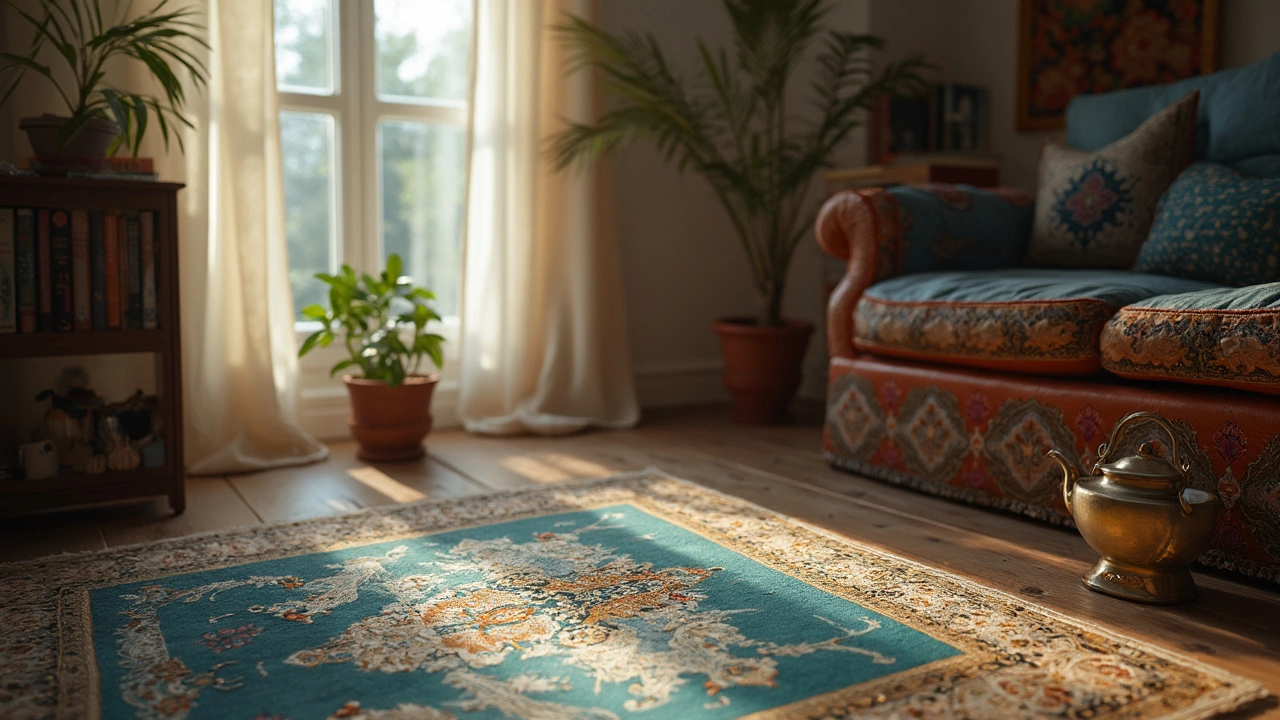Prayer Mat Guide – Eco‑Friendly Choices for a Sustainable Home
Looking for a prayer mat that feels good under your feet and doesn’t harm the earth? You’re not alone. More people want a mat that’s soft, durable, and made from natural, responsibly sourced fibres. Below you’ll find the basics you need to choose the right one and keep it in great shape.
What Materials Make a Green Prayer Mat?
Natural fibres are the star of the show. Cotton, bamboo, jute and organic wool are popular because they’re renewable and biodegradable. Cotton mats are soft and breathable, perfect for warmer rooms. Bamboo feels a bit smoother and dries quickly, which helps prevent mould. Jute gives a sturdy texture that lasts years, while wool adds extra cushioning and natural insulation.
If you spot a mat labelled “organic” or “GOTS certified,” it means the fibres were grown without harmful chemicals and the production followed strict environmental standards. Those tags are worth checking if you care about the whole supply chain.
Key Features to Look For
Comfort matters, so think about thickness. A 3‑5 mm pad works well for everyday use, while a thicker 7‑10 mm layer adds extra cushion for longer prayers. Non‑slip backing is another must‑have – silicone dots or a rubberised underside keep the mat steady on wood, tile or carpet.
Design is personal, too. Simple solid colours blend with any décor, but patterned mats can add a touch of culture. Just make sure any dyes are water‑based and free from harsh chemicals.
When you shop, compare price per square metre. A higher upfront cost often means better quality and a longer lifespan, which is better for the planet in the long run.
Tips for caring for your mat are straightforward. Spot‑clean spills with a damp cloth and mild soap. For a deeper clean, hand‑wash in cold water and lay flat to air‑dry. Avoid the dryer – the heat can shrink natural fibres.
Store your mat rolled, not folded, to prevent creases. If you travel, a lightweight cotton or bamboo mat folds easily and fits into a small bag.
Ready to shop? Look for eco‑friendly retailers that share your values. Many UK‑based stores offer a range of sustainable prayer mats, often with clear information about the material source and production. Check the product page for certifications and read customer reviews to gauge comfort and durability.
Choosing a green prayer mat is a small step that adds up. You get a comfortable surface for daily practice, support responsible farming, and reduce plastic waste from synthetic mats. It’s a win‑win for you and the planet.
So next time you add a prayer mat to your home, think about material, thickness, slip‑resistance and certifications. With the right choice, you’ll enjoy a softer, safer prayer experience while keeping your eco‑footprint low.
-

What Do Muslims Call the Rug? Your Guide to Prayer Rugs
Ever wondered what Muslims call that special rug they use for prayer? This article will tell you its proper name, explain why it matters, and clear up some common myths. You'll learn what makes it different from regular rugs and how it's used in daily life. Get handy tips for buying and caring for one if you're curious or need one yourself. Plus, discover a few facts you probably didn’t expect.
